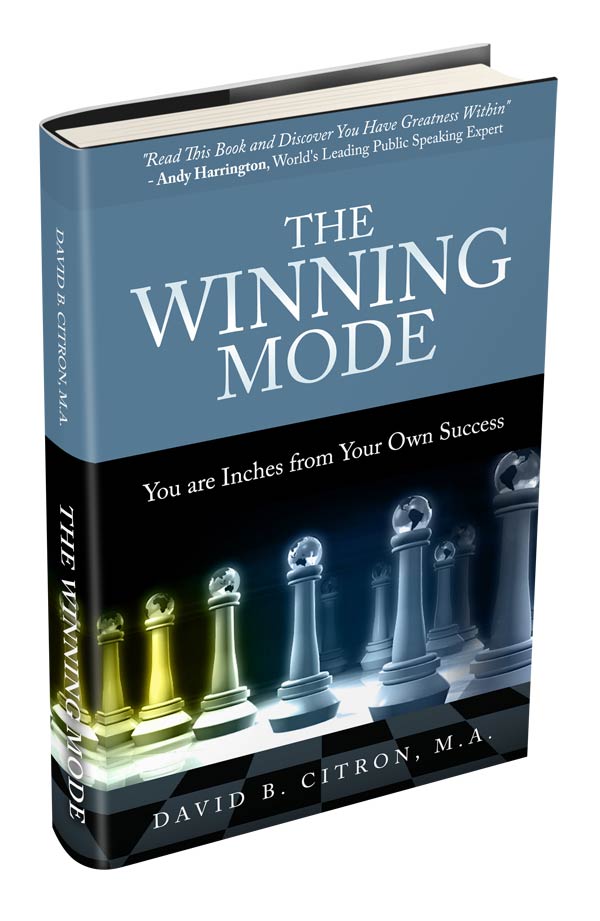In 1954 Marian Keech from Chicago claimed she had received a message through spiritual channelling that by midnight 21st December that year an alien spaceship was going to arrive outside her home. This ship would carry any believers who had come to her house away from doomed planet earth which was to experience a catastrophic flood before dawn.
On the night of the 20th a group of believers had been ensconced into her house. These were people from all walks of life who trusted Marian’s message so fervently that many of them had lefts jobs, college and spouses and had given away possessions and money.
Unknown to the group who sat huddled and waiting in Keech’s living room that night they had been infiltrated by 3 social scientists Leon Festinger and two colleagues who had read about the group in the newspapers and had decided to pretend to be believers. Festinger and his associates wanted to gain front row access to study what they predicted would be a perfect example of cognitive dissonance.
Festinger correctly predicted that Keech’s group would, once the prophecy failed, refuse to amend their initial beliefs but instead construct an explanation, however far fetched to accommodate the failure.

Locked In
So what actually happened? Festinger reports in his astounding research paper:
- 12:05 am, December 21. No visitor. Someone in the group notices that another clock in the room shows 11:55. The group agrees that it is not yet midnight.
- 12:10 am. The second clock strikes midnight. Still no visitor. The group sits in stunned silence. The cataclysm itself is no more than seven hours away.
- 4:00 am. The group has been sitting in stunned silence. A few attempts at finding explanations have failed. Keech begins to cry.
- 4:45 am. Another message by automatic writing is sent to Keech. It states, in effect, that the God of Earth has decided to spare the planet from destruction. The cataclysm has been called off: “The little group, sitting all night long, had spread so much light that God had saved the world from destruction.”
- Afternoon, December 21. Newspapers are called; interviews are sought. In a reversal of its previous distaste for publicity, the group begins an urgent campaign to spread its message to as broad an audience as possible.

What we see is that not only does the group justify their original belief but rather they proselyte with greater fervour than then ever had before. Previous to the event they had in fact shunned interviews and only given them half heartedly…now they sought social influence with a new level of zeal and passion….an offshoot of this group still remain today.
Predictable
How did Festinger predict that these people’s faith would not shake? His major answer is their level of investment in the first place. These people were too far down the road in terms of commitment. To walk home and look into the eye’s of the people who had warned them, got angry with them, laughed at them before was just too difficult an assault for their self esteem to take. Instead they took what most others would consider a contrived explanation as the other option is exponentially harder to swallow emotionally.
So what on earth (no pun intended) has this got to do with entrepreneurs? Entrepreneurs are special people. We give up so much and invest so much into our aims, goals and projects. Others often don’t believe what we are trying to do. We receive laughter, anger and subtle hints of incredulity (often the most painful).
As a result of our zealous nature, passionate personality and commitment to the cause we are likely candidates to suffer from the ill effects of cognitive dissonance just like the alien believers above. So what do we do with this awareness?
On the one hand let’s not ignore the positive side of all these characteristics. The world needs entrepreneurs – People who are passionate and willing enough to have the audacity to believe that they can actually change this world.
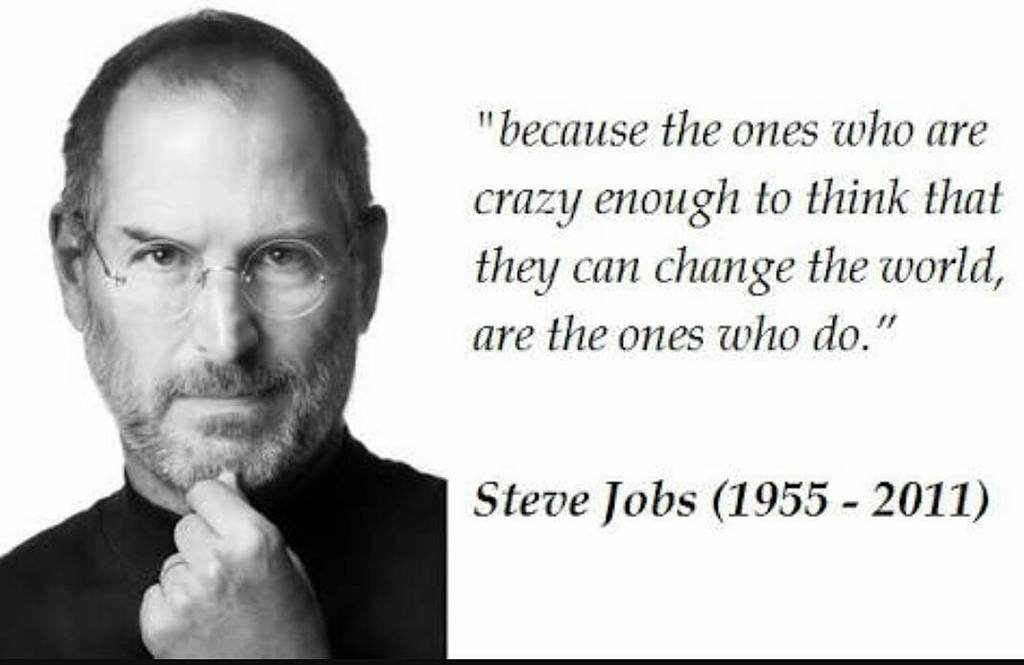
Lessons for Entrepreneurs
However if the story of Marian Keech and her followers is to teach us anything about human nature and how it should impact entrepreneurial strategy it is for me the following two things:
1) Don’t over-invest in the first place.
Two Stories.
James has an idea to take people to Mars. He calculates that if he sells enough tickets he will turn his inherited £2 million into £200 million. James family all think this is a top notch idea and would love to see the young man make a name for himself.
James takes his family’s approval as ‘market research’. As a result he goes ahead and invests his inheritance into creating a commercial rocket and marketing it on TV in his country, Switzerland.
Nobody buys tickets.
James can’t believe it – cognitive dissonance sets in….obviously the Swiss have no taste. James borrows an additional £1 million from his brother’s inheritance and invests it in marketing across the globe. Still nobody wants to go to Mars.
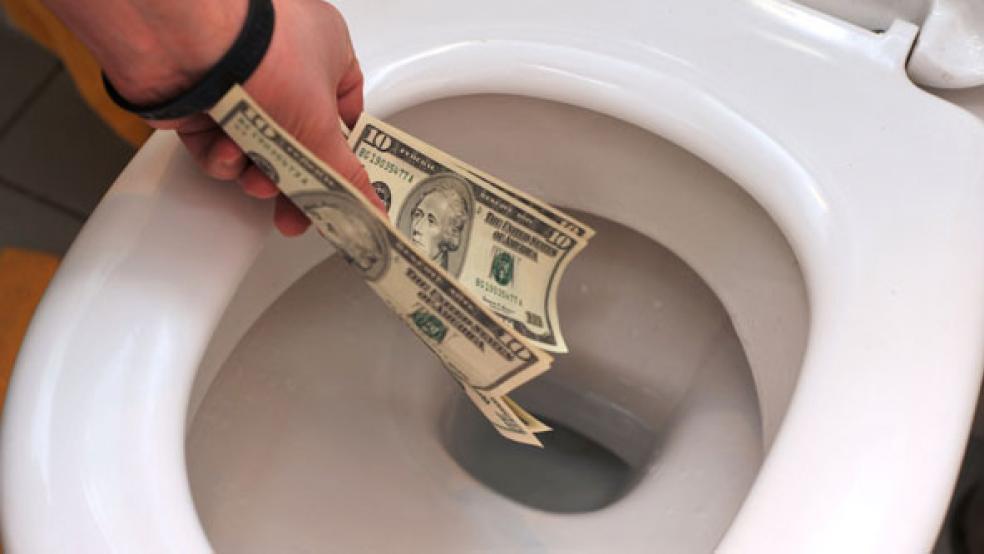
James and his brother are now seriously out of pocket and go and try and influence their sister to chase their bad money with her good money…and so on and so forth. James and his family lose their inheritance.
Around the same time as James’s Mars trips idea hit him a much poorer Jane down the road had an idea which she feels might lift her family out of poverty. She wants to create a exciting new breed of restaurant which combines American and North Korean food. She will call it Kim Yung Trump.
She hasn’t got much money to invest and understands that initially her enthusiasm for the food is simply an untested assumption. The market decides. So she creates a cheap pop up street restaurant. People like the idea but the response to her actual menu is mediocre.
She creates and tests 5 new menus each going in a slightly different direction to the first. People love one of these menus in particular. She then create 5 new menus each one with a slight twist on the menu people loved. Customers love all five but go crazy about one of them in particular. She decides to build her new restaurant around this favourite menu.
Word spreads. Jane doesn’t just have customers…she has raving lunatic fans who talk about her food with their friends at every opportunity. The interest is too much for Jane’s first restaurant to handle so she opens another and then another. 15 years later Jane sells the 250 global branches of Kim Yung Trump along with the KYT brand for a cool £200 million.
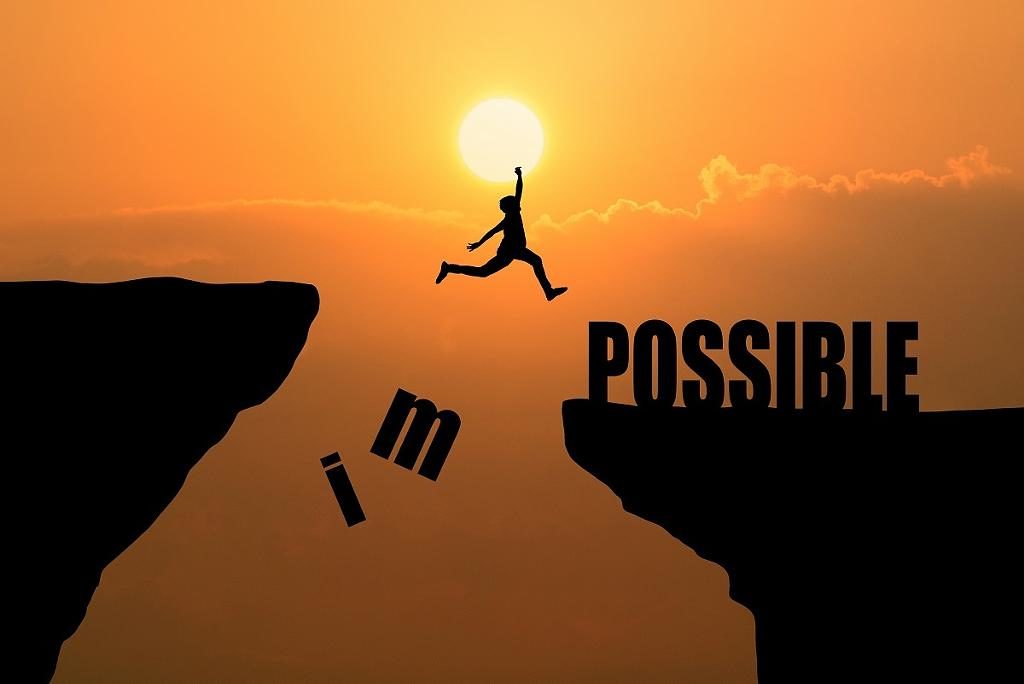
Instead of getting into the vulnerable position of over investment like James, try Jane’s method and first create what is known as a Minimal Viable Product to test your hypothesis with. The market (not your mum) will tell you the truth about whether this is a good idea or not. There are a number of good books out there that will help you dig further into exactly how you can apply this concept to your business. I recommend The Lean Startup by Eric Ries.
2) What do you do if you are already overly invested?
As we saw with the example of James above, the effects of cognitive dissonance set in once the Swiss had rejected his Mars trips. Since James was overly invested his judgement was clouded to the point where he just didn’t want to listen to the market as the message was too painful.
The temptation for all of us at this point is to shut our ears to the pain. Like Keech’s alien cult above James became even more fervent and poured his zeal into social influence. He got his brother involved and lost more of the family’s money. However he did have options at this point.
To open his mind to the following options James needs to first accept that a bias in the form of cognitive dissonance is at play. By bringing awareness to it, it loses some of it’s power to sway him towards bad decision making.
He can then do one or more actions from the following list:
a) Cut his losses and moved on
b) Take a step back and tried smaller marketing experiments. Perhaps people don’t want to go to Mars but do want to go to the Moon?
You don’t have to have a rocket ready in order to test the market…he could have tested the waters with small adverts to see what trips people actually wanted in reality, created a waiting list for that trip and built a business/rocket around a real market. Perhaps he could even salvage some of the Mars equipped rocket for that purpose.
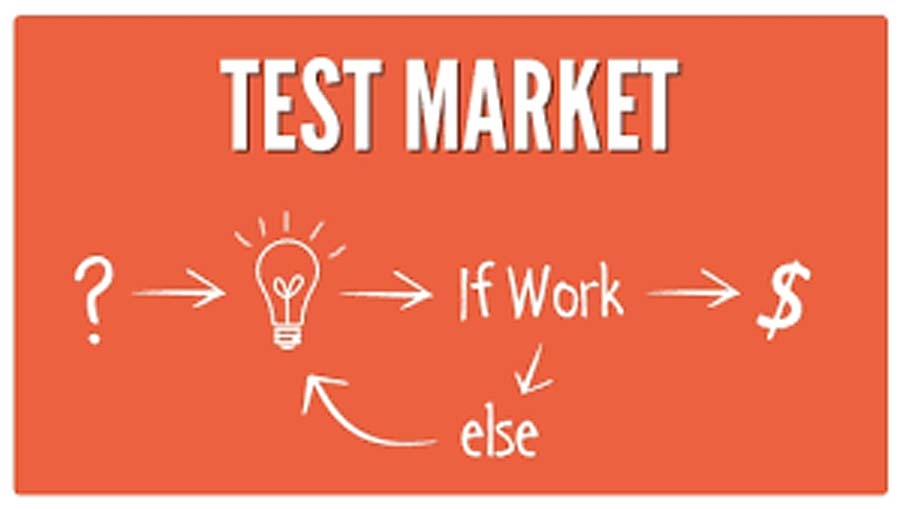
In addition this is probably the kind of market where he could have people make paid bookings upfront so that he doesn’t actually need to use any of his own cash.
c) Try other variations on the marketing, again on a much smaller experimental level e.g. price, ticket classes, length of trip etc.
d) Multiple other possibilities and options that come to the entrepreneur whose vision is not clouded by bias but who is instead fully open to both reality and possibility.
The point for us entrepreneurs is that while we should never lose our passion, fervour and audacity we must also listen to reality. Our job is to see reality and work out how to build it towards a new unseen reality. If we ignore the reality in the first place and close our eyes to the market we will receive a permanently painful slap in the face when it is far too late.
So instead of getting caught up in hallucinations and ignoring what people really need…. go out today and create a test, a way to get real tangible feedback where people don’t just tell you in a survey that they like something but instead are prepared to pay a few hard-earned bucks for what you are selling. Refine, refine, refine until you have something people REALLY want. Then create YOUR Kim Yung Trump empire around that phenomenon. Good luck!
If you like this post why not download your free copy of David’s book, The Winning Mode
It has inspired entrepreneurs in over 43 Countries.
“This Book Will Motivate And Inspire You To Set Bigger Goals, Persist Longer, And Achieve More Than You Ever Thought Possible.”
~ Brian Tracy, Success Magazine’s Top 25 Most Influential & International Bestselling Author, Million Dollar Habits

